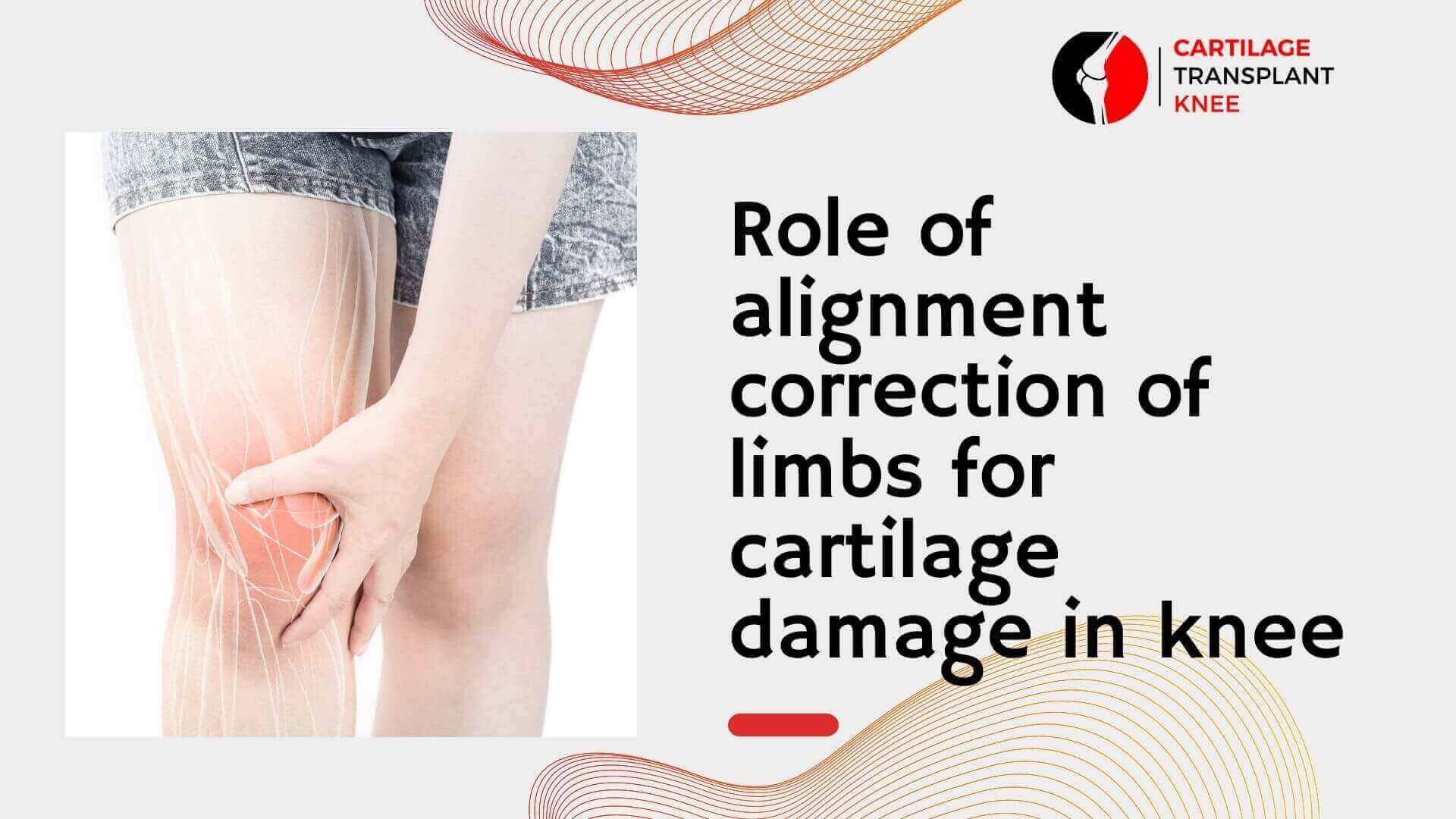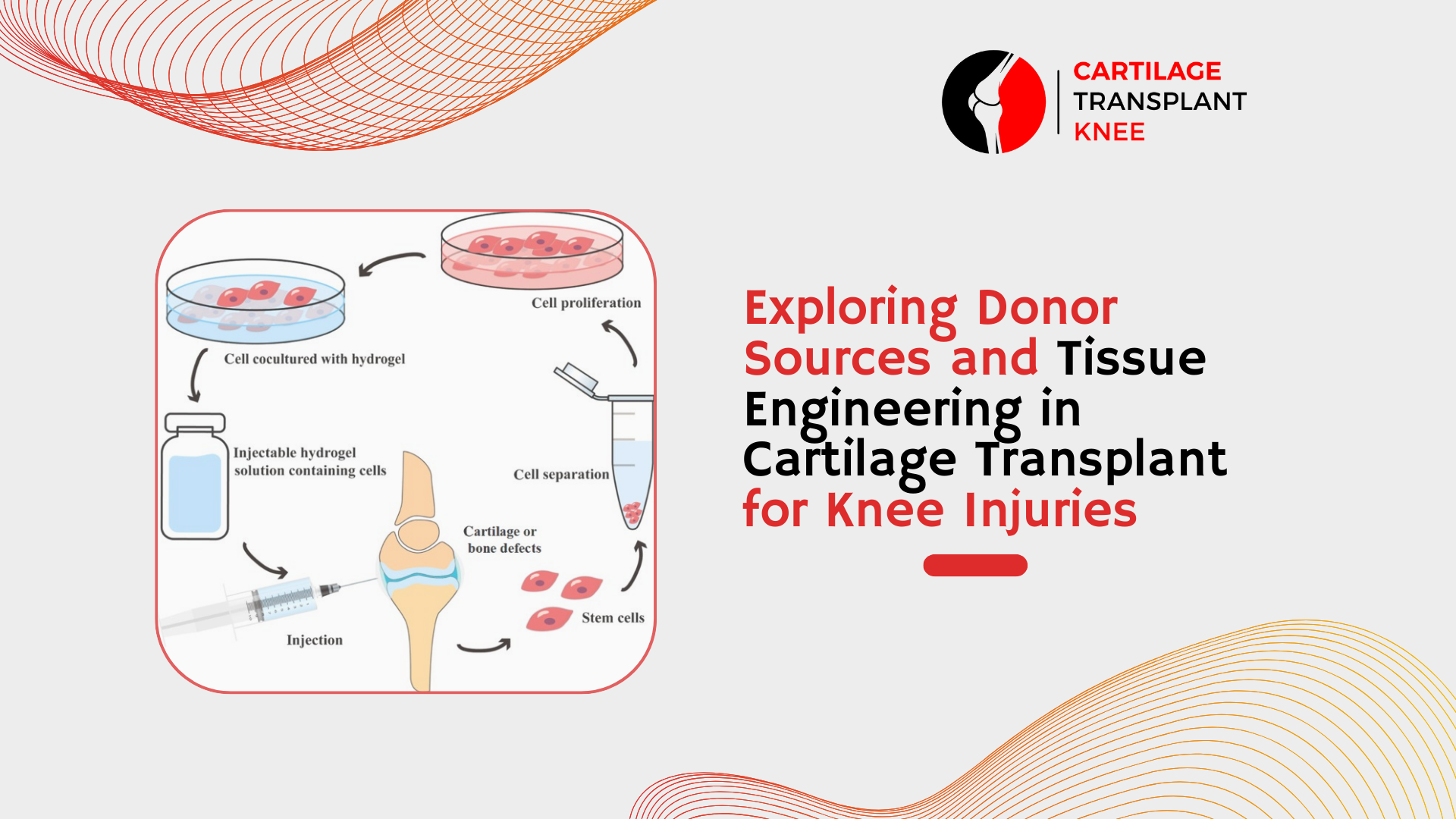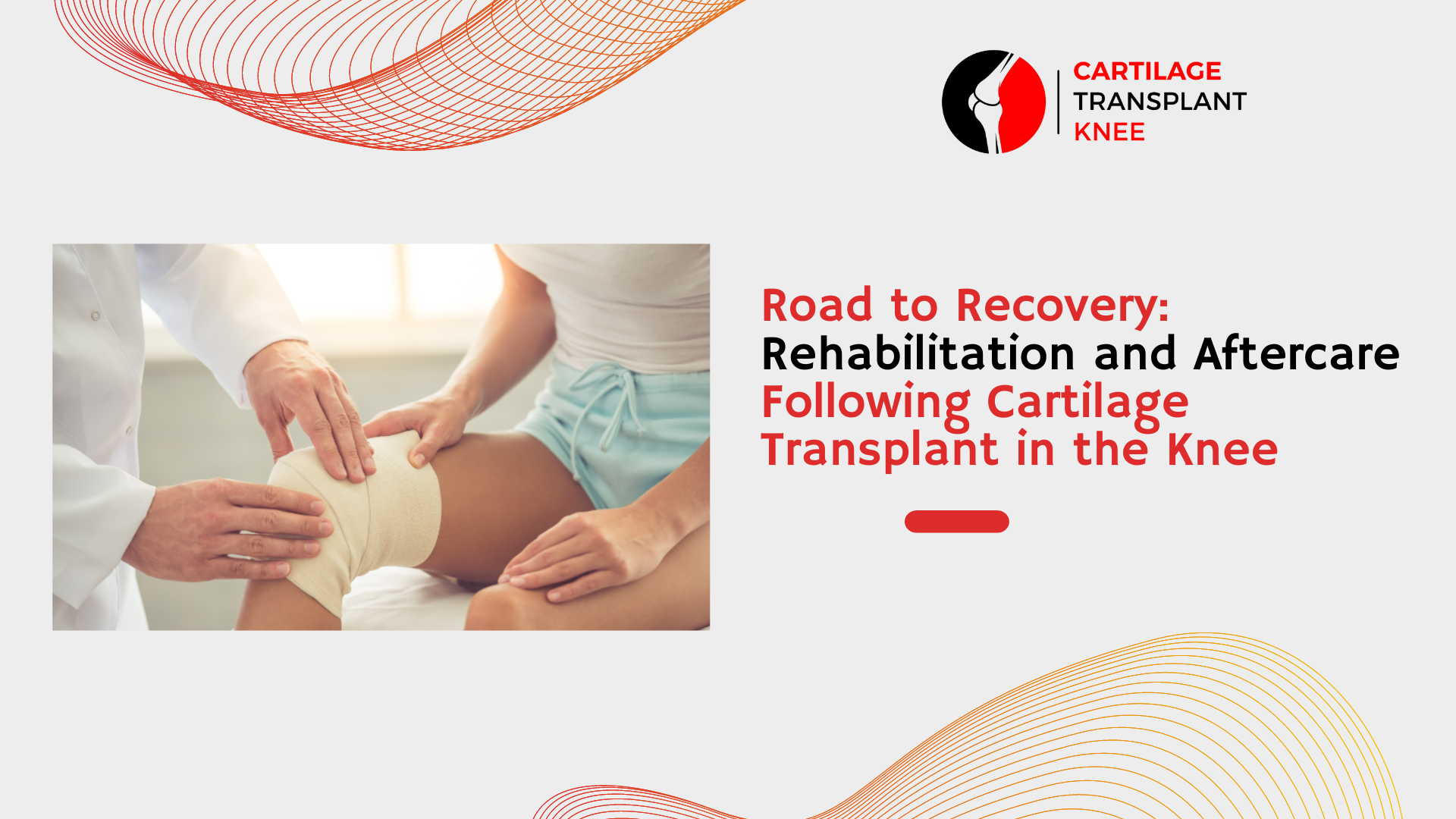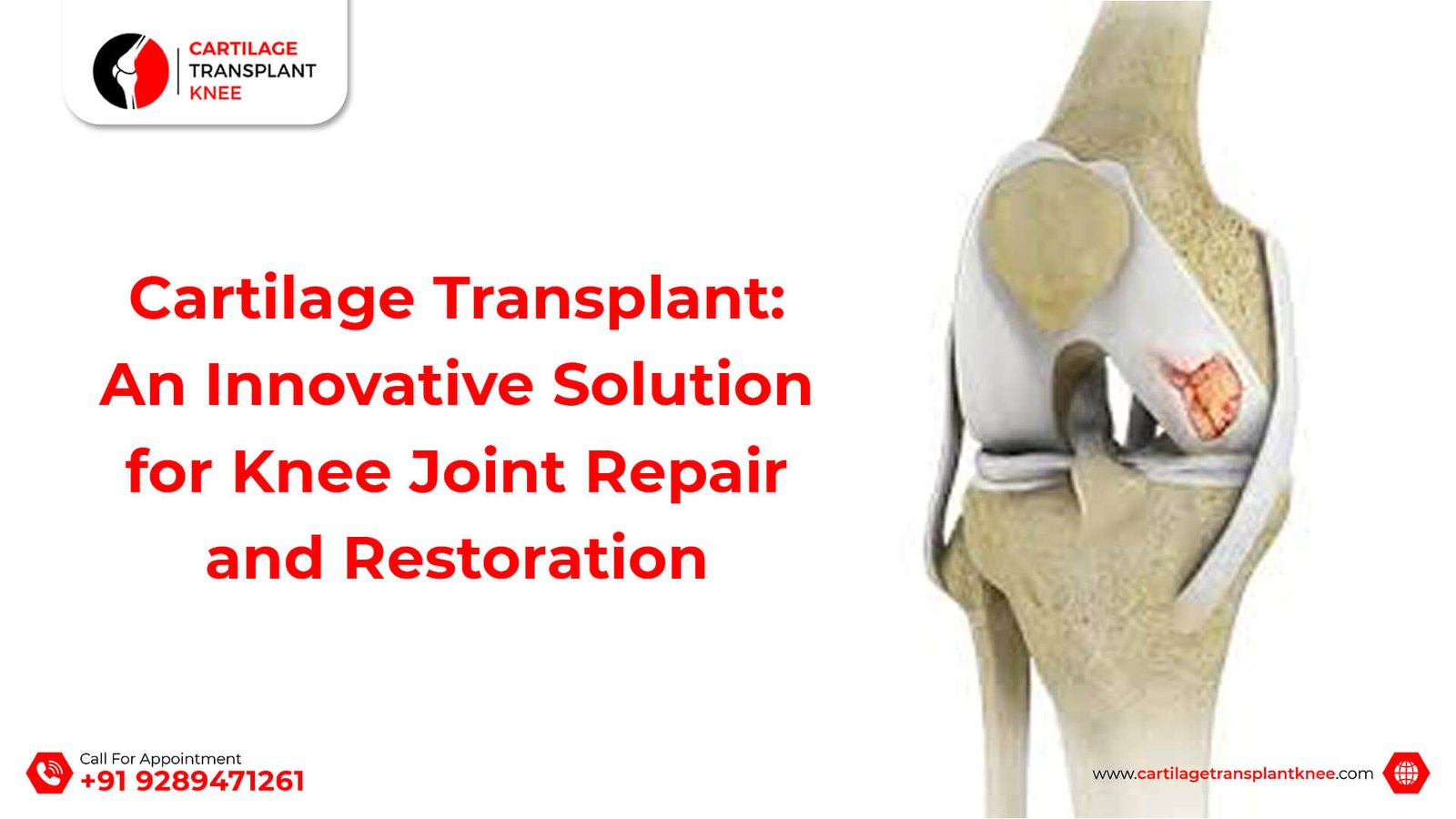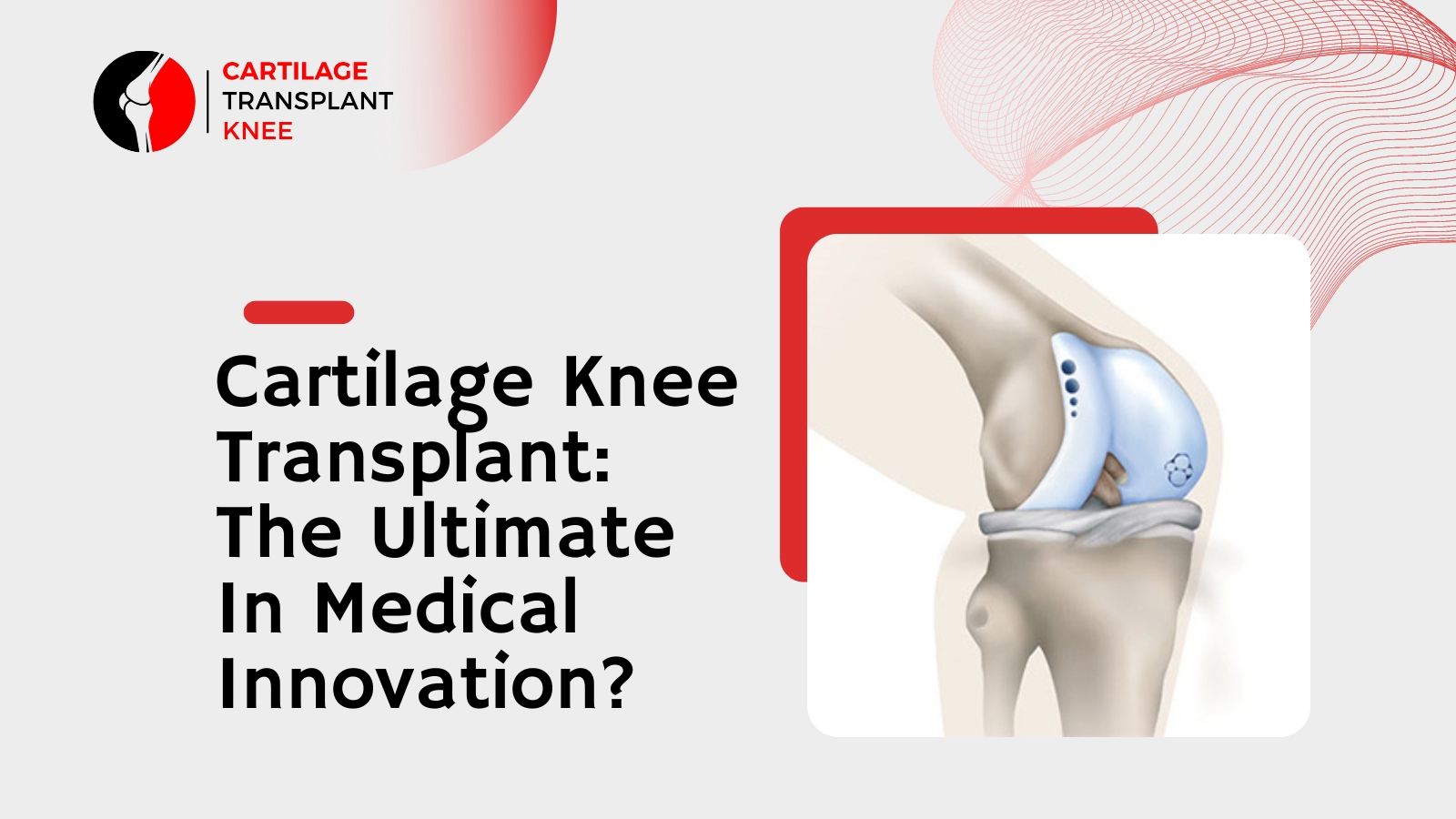Knee Cartilage is a specialized connective tissue that covers the ends of bones in joints and provides a smooth, low-friction surface for movement. Cartilage damage around joints can be caused by various factors, such as injury, overuse, and degenerative conditions. Correcting limb alignment is one of the approaches used to treat cartilage damage around joints. In this blog, we will explore the role of alignment correction of limbs for cartilage damage around joints and its potential benefits.
What is alignment correction of limbs?
Alignment correction of limbs refers to the process of adjusting the position of bones in the limbs to restore normal alignment. Misalignment of the limbs can cause abnormal stresses on the joints, leading to cartilage damage and other joint problems. The most common types of limb misalignment are varus (bow-legged) and valgus (knock-kneed) deformities.
Alignment correction of limbs can be achieved through various methods, including:
Bracing: Bracing is a non-surgical method of alignment correction that involves wearing an external brace or support to hold the limb in the correct position.
Osteotomy: Osteotomy is a surgical method of alignment correction that involves cutting and repositioning bones to restore normal alignment.
Joint replacement: Joint replacement is a surgical method of alignment correction that involves replacing the damaged joint with an artificial joint.
Benefits of alignment correction for cartilage damage around joints
Alignment correction of limbs has several potential benefits for patients with cartilage damage around joints, including:
Reducing joint stress: Correcting limb alignment can reduce abnormal stresses on the joint, which can help to slow down or prevent further cartilage damage.
Improving joint function: Restoring normal alignment can improve joint function and reduce pain, stiffness, and instability.
Delaying or avoiding joint replacement: Correcting limb alignment can delay or even avoid the need for joint replacement surgery.
Improving quality of life: Improving joint function and reducing pain and stiffness can improve the patient's quality of life, allowing them to perform daily activities with greater ease and comfort.
Limitations of alignment correction for cartilage damage around joints
While alignment correction of limbs has several potential benefits, it also has some limitations, including:
Risks associated with surgery: Surgical methods of alignment correction, such as osteotomy and joint replacement, carry the risk of complications, such as infection, bleeding, and nerve damage.
Limited effectiveness in advanced cases: Alignment correction may not be effective in advanced cases of cartilage damage, where the damage is severe and widespread.
Postoperative rehabilitation: Surgery for alignment correction requires postoperative rehabilitation, which can be lengthy and challenging for some patients.
Conclusion
Alignment correction of limbs is a treatment approach used to correct limb misalignment and reduce abnormal stresses on joints, which can help to slow down or prevent further cartilage damage around joints. While it has several potential benefits, it also has some limitations, and the decision to undergo alignment correction should be made after careful consideration of the potential benefits and risks. If you are considering alignment correction for cartilage damage around joints, it is important to discuss the options with your doctor to determine the most appropriate treatment plan for your condition.

